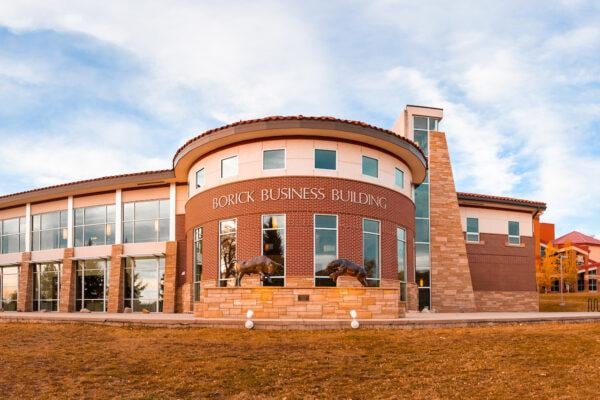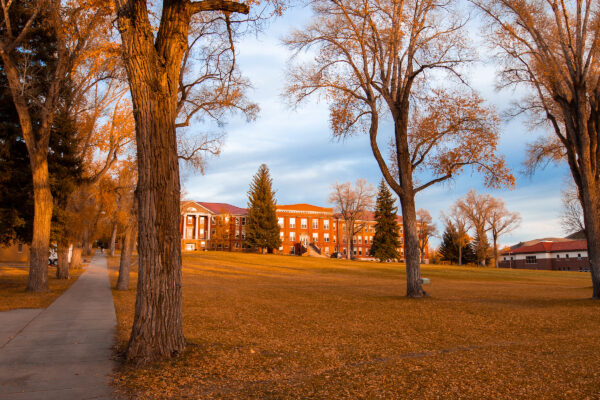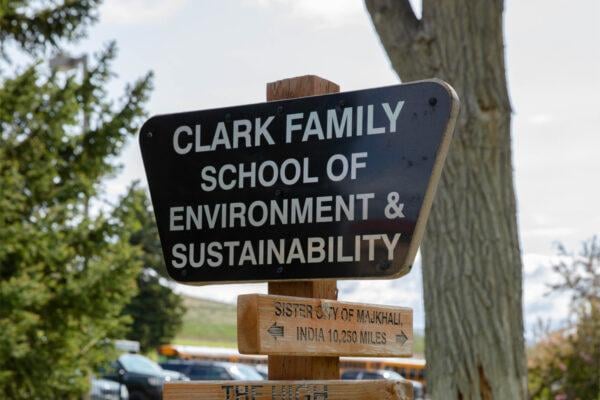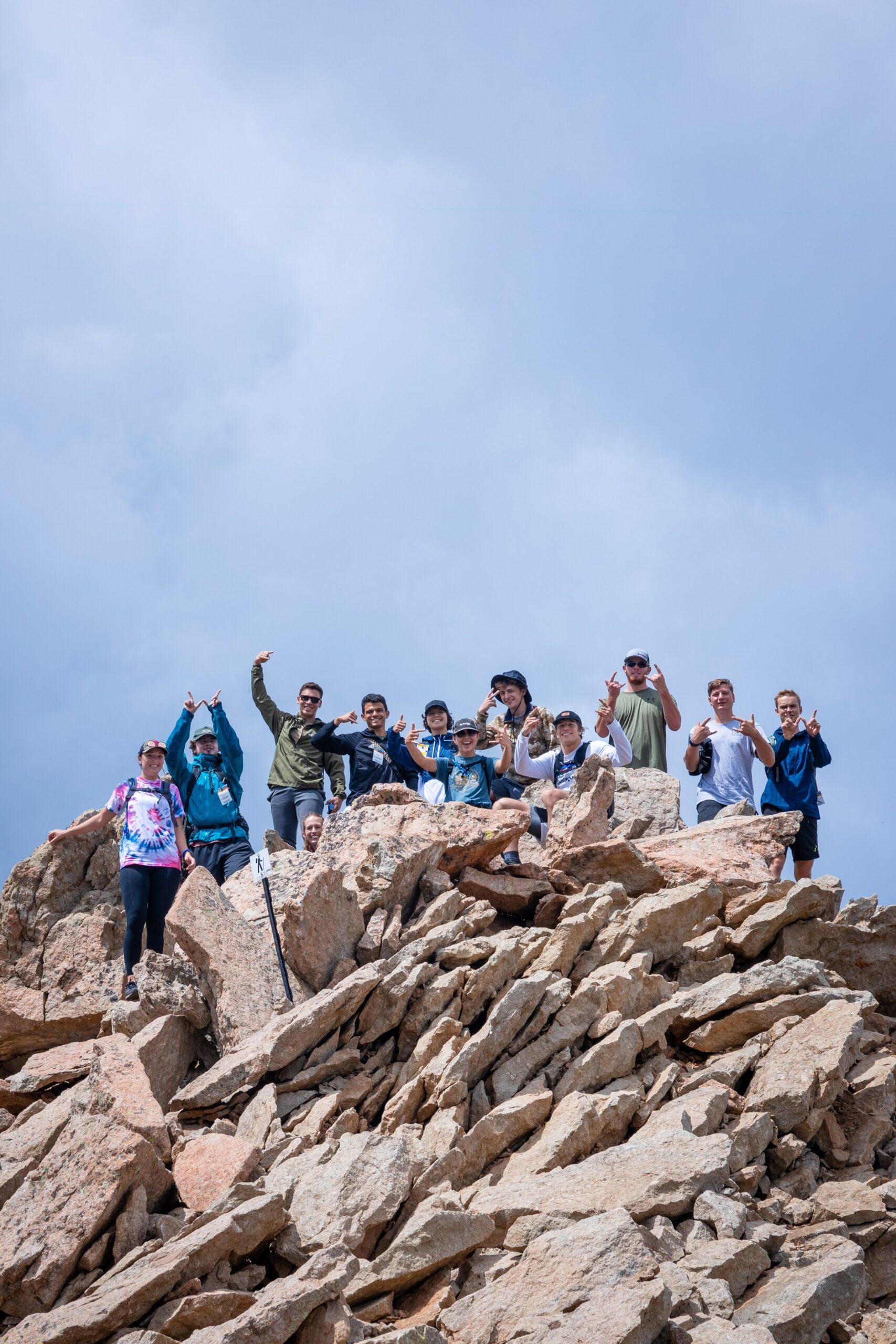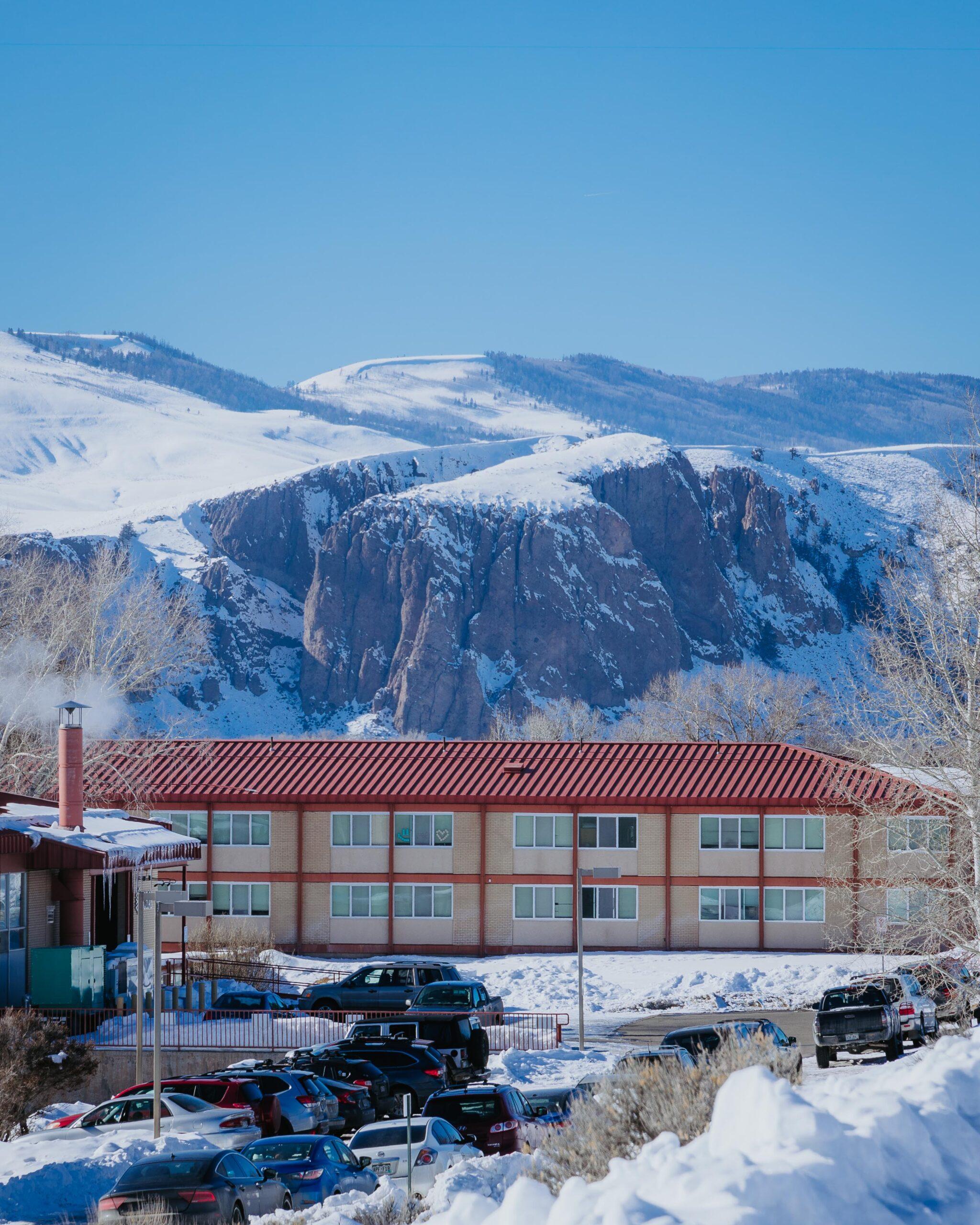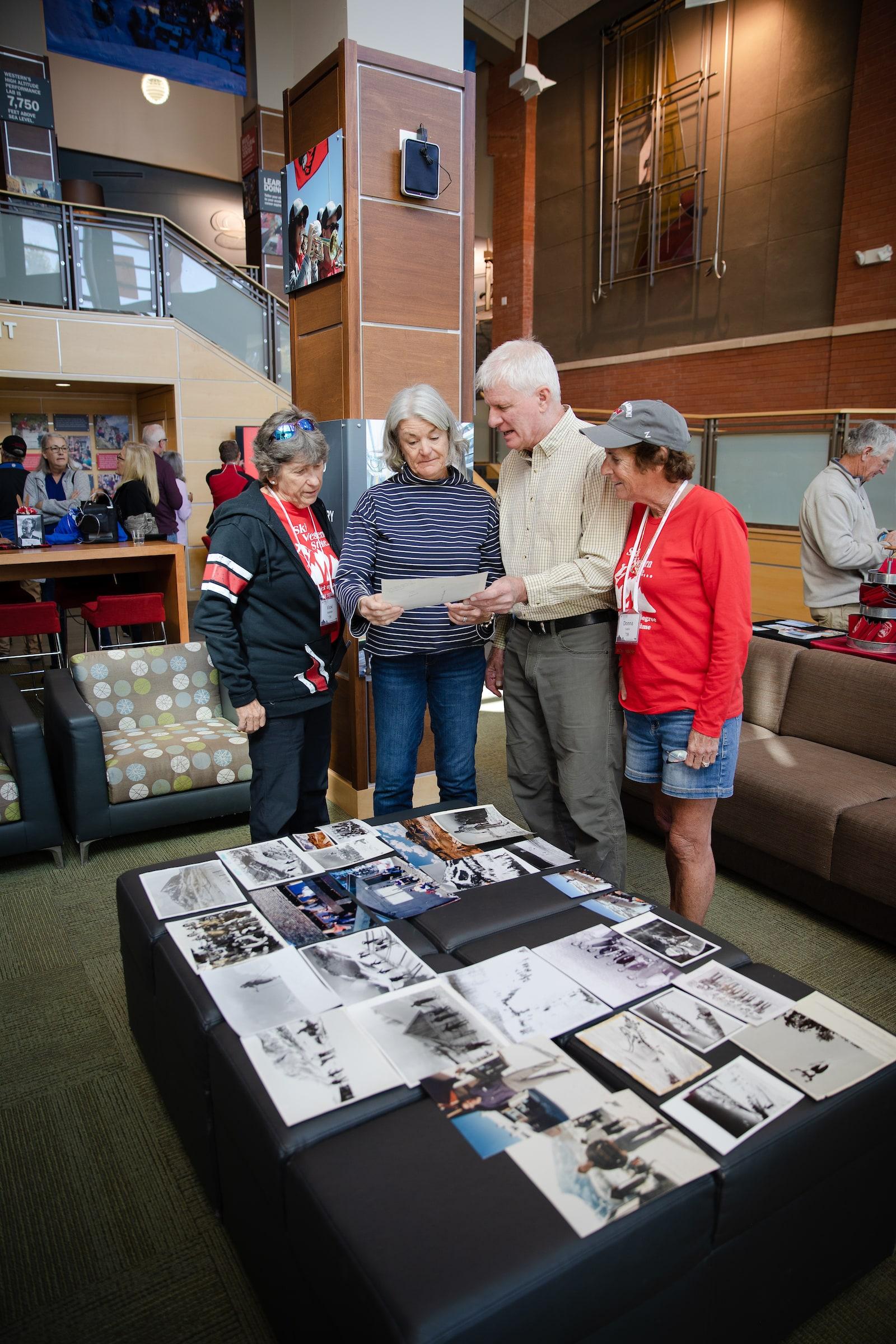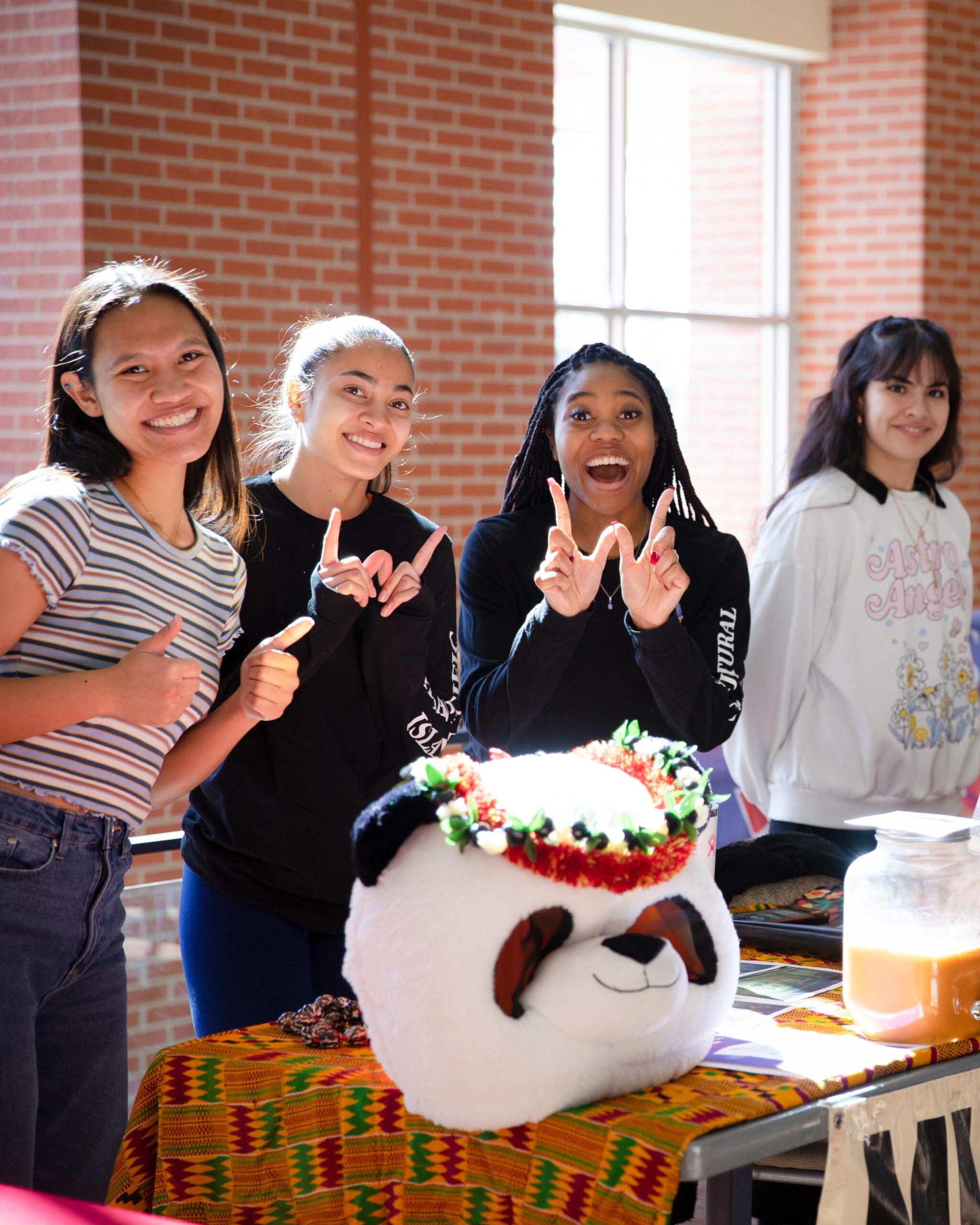Her report sheds light on the Native American students
GUNNISON, Colorado: It’s no secret that the land we now call Colorado was occupied long before it was ever “settled” by Europeans. But what is less well known is what happened between the unsettling of the previous inhabitants and the modern era.
In a two-day visit to Western Colorado University starting Monday, November 27, State Archeologist Dr. Holly Norton gave presentations and visited with classes to talk about a recently released report that details the efforts undertaken by the federal government to forcefully assimilate Native people from the Four Corners region into American culture.
The report, titled Federal Indian Boarding Schools in Colorado: 1880-1920, sheds light on that dark chapter of the state’s history, focusing mainly on the Fort Lewis Indian Boarding School near Durango, which mainly drew students from tribes in the Four Corners region, and the Grand Junction Indian Boarding School, which recruited its students from many Western Tribes.
“Parents were often coerced or forced to sign letters that allowed their children to attend these schools. Sometimes government agents threatened to withhold annuities or rations if they didn’t sign their children over,” Norton told a standing-room-only crowd at the University Center. “Because these schools depended on recruitment for enrollment numbers, the competition between superintendents and schools could be fierce.”
Students were often enrolled in the school for two years. Once there, they were rarely allowed to leave. Instead, their hair was cut, their traditional clothes were destroyed, and they were separated from their families and their cultures so they could more easily be indoctrinated into the American way of thinking.
It was a policy articulated by the superintendent of the infamous Carlisle Indian Industrial School, Captain R.H. Pratt, who said the purpose of the school was to ‘kill the Indian and save the man.’ Often, students’ time at the school was extended without permission from parents, and students were only sent home if they fell gravely ill.
Norton talked about how students were taught reading, writing, and arithmetic at a basic level but also learned carpentry and other trade skills by building structures on campus and sewing their own clothes. Those who acted out or misbehaved were moved to what amounted to correctional facilities, including a particularly infamous one in Golden, Colorado. The result was often the mistreatment of students by superintendents who were more concerned with impressing their superiors in Washington than attending to the welfare of the students. “They were good bureaucrats,” Norton said.
Norton spoke about the effort the state was making through The Native American Boarding School Research Program created by House Bill 22-1327, which mandated the report, to bring closure to the families and tribes of those students who died while at the schools. Many were buried in unmarked graves and never recorded.
Norton also met with Cultural Resource Management students, who asked about many of the practical matters related to being a professional archeologist and some of the professional opportunities that will be available to them when they graduate. She also met with history students to talk about how a new generation of historians can ask fresh questions about the past.
“This was really great to see so many people interested and engaged in hearing about what was in this report,” Norton said. “I’m so impressed and look forward to keeping this conversation going.”
Author Credit: Seth Mensing
Photo Credit: Olivia Reinhardt

